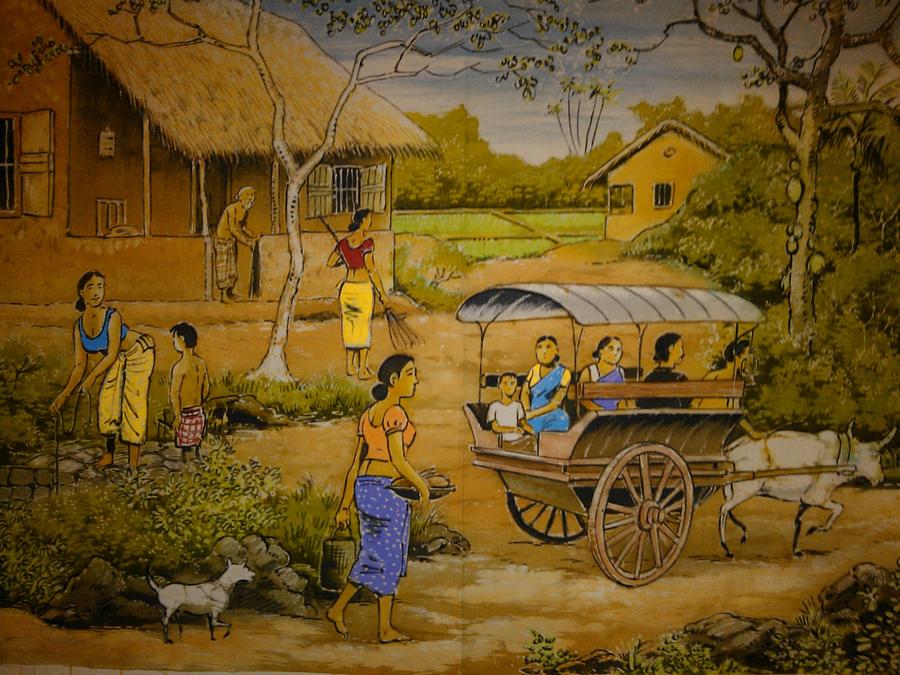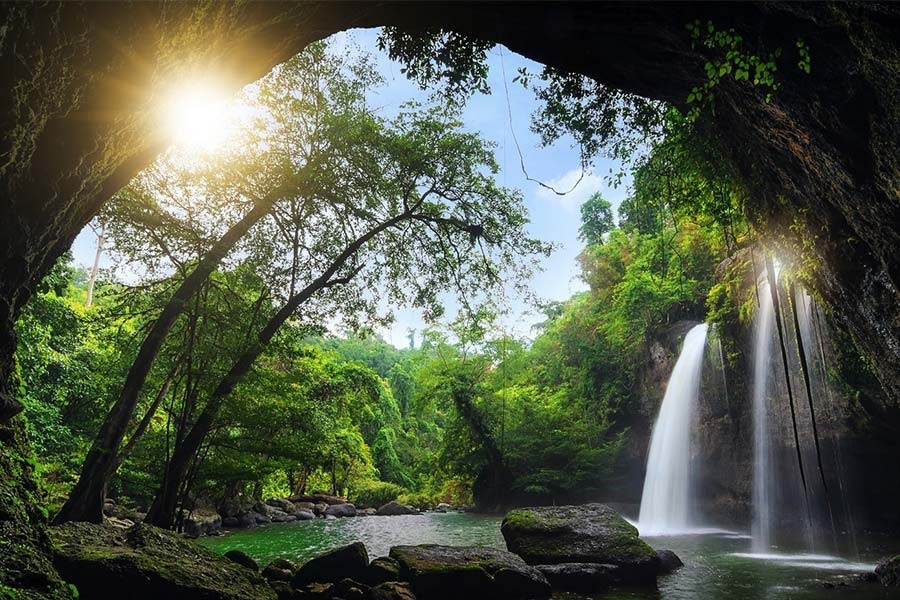Rewilding Sri Lanka: A Bold Plan for People and Nature
Sri Lanka, a land of breathtaking beauty, faces a tough choice: how to balance the needs of its people with the urgent need to protect its precious wildlife. Imagine elephants and leopards struggling to find their way through a maze of roads and villages, their natural homes shrinking every day. From 2002 to 2023, Sri Lanka lost 10.9 hectares of humid primary forest, representing 5% of its total tree cover loss. This translates to a 1.8% decrease in the total area of humid primary forest during that period. Once covering an estimated 70% of the island in the early 19th century, forests now account for only 29.7% (1.95 million hectares) as of 2017. World Bank statistics reveal a roughly 10% increase in agricultural land use over the last 25 years. All indicators point to heavy habitat loss for wildlife – but could this trend be reversed?

This isn’t just a local problem; it’s a story playing out across the globe, as human development clashes with the natural world. The heart of the issue is simple: as communities grow, they need land. But this expansion often comes at the cost of forests and wildlife habitats. Sri Lanka’s forest cover has been steadily declining. While precise figures are debated, it’s widely acknowledged that the island has lost a substantial portion of its forests over the last century. This decline, driven by agricultural expansion, urbanization, and logging, not only threatens iconic species like elephants and leopards but also impacts crucial ecosystem services like clean water, climate regulation, and soil health. The intense pressure on land resources, with significant portions dedicated to agriculture (tea, coconut, rice) and human settlements, makes the need for innovative solutions all the more urgent. A bold new idea suggests a different path: what if we could create thriving, modern cities that actually free up land for nature to recover?
Think of it like this: instead of sprawling villages encroaching on the forest, we could build well-planned, compact cities with everything people need – homes, schools, hospitals, and jobs. These cities would be designed to be efficient and sustainable, leaving more room for trees to grow and animals to roam.
This isn’t just a dream. Look at Singapore – they’ve shown how smart planning can create a city with nature woven in. While their context is different – Singapore is a highly urbanized island with limited wildlife compared to Sri Lanka’s diverse ecosystems – their approach to maximizing green spaces within a dense urban environment offers valuable lessons in land use efficiency and creating livable, sustainable communities. But we also need to learn from mistakes. In Brazil, forced evictions for large-scale projects have caused immense hardship – people lost their homes and livelihoods, and even more forest was destroyed. It’s a stark reminder that moving people without a solid plan for their future, without considering their rights and livelihoods, is a recipe for disaster.
Sri Lanka’s challenge is unique. Land ownership is complicated, with some land held by the government and some by powerful individuals. Any plan to reshape human settlements must address these issues fairly and transparently. It’s crucial to learn from both the successes and failures of other countries.
The vision for Sri Lanka involves more than just buildings. It includes smart infrastructure, like elevated roads that don’t cut through wildlife corridors, and sustainable farming methods like growing food in greenhouses. It also means creating new jobs in areas like technology and eco-tourism, so people have other ways to earn a living besides encroaching on forests.

This is a big undertaking, and it needs a strong government to lead the way. It requires careful planning, collaboration, and a long-term vision. But the potential rewards are immense: a thriving economy and a healthy environment, where both people and wildlife can flourish. It’s a future worth fighting for, a future where Sri Lanka’s natural beauty is preserved for generations to come.
![21 Wild Animals in Sri Lanka [Wildlife in Sri Lanka] - Kevmrc](https://www.kevmrc.com/wp-content/uploads/2022/12/sri-lankan-axis-deer-is-among-the-endemic-animals-in-sri-lanka.jpg)
Ravindra Lochana








